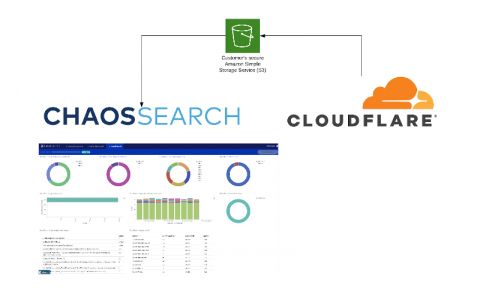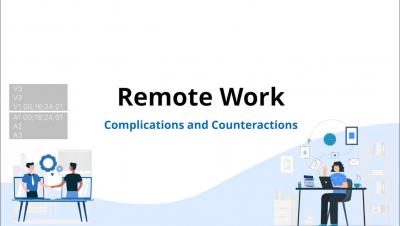Virtual safety: How to teach your kids cybersecurity best practices
Confession: I am a security practitioner. I am also a mom. What I am not is a homeschool teacher. Earlier this year, I spoke to the 5th- and 6th-grade classes at my son’s Innovation Day about cybersecurity. I discussed what it means to be a cybersecurity practitioner and how the practice of cybersecurity affects everyday life.










